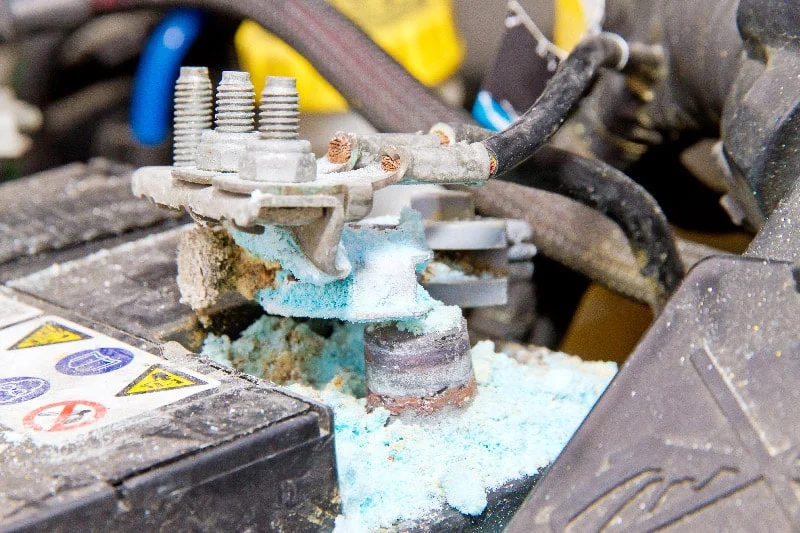Battery sulfation, characterized by the accumulation of lead sulfate crystals, stands as the primary culprit behind premature failure in lead-acid batteries. However, this issue can be averted with preventive measures and, in certain cases, even reversed. Below, we delve into the intricacies of battery sulfation and offer insights into avoidance strategies.
What is Battery Sulfation
Battery sulfation arises when a battery fails to receive a complete charge, leading to the buildup of sulfates on its plates. Excessive sulfation hampers the chemical-to-electrical conversion process, resulting in adverse effects on battery performance. Key consequences of sulfation include extended charging times, heightened heat generation, decreased running durations between charges, drastically reduced battery lifespan, and eventual battery failure.
Root Causes of Sulfated Batteries
Sulfation is an inherent part of the chemical cycle in all lead-acid batteries. However, complications arise when:
Reversing Sulfation: A Dual Perspective
Sulfation exists in two forms—reversible and permanent—each implying its impact on batteries. While recognizing early-stage issues permits the reversal of sulfation, this process demands expertise, usually available at the initial point of battery purchase.
Preventing Battery Sulfation: A Holistic Approach
Prevention plays a vital role in mitigating battery sulfation. Proper storage practices are paramount, including the maintenance charge when storing batteries. Keeping batteries above 12.4 volts during storage curtails sulfate buildup. Additionally, it’s crucial to note that temperatures exceeding 75 degrees amplify self-discharge rates—each 10-degree increment doubles the discharge rate.
Battery sulfation prevention doesn’t require complex procedures. Consistent battery upkeep and adherence to optimal charging practices form the core of effective prevention. Acknowledging that sulfation adversely affects batteries underscores the importance of avoiding storage with depleted charges. As the reversal of lead plate sulfation proves difficult, prioritizing proper battery care from the outset is paramount.
Understanding battery sulfation’s mechanisms, causes, and preventive measures is crucial for maintaining lead-acid batteries’ optimal performance and lifespan. Through simple and regular maintenance, users can ensure the longevity and efficiency of their battery.


02 6652 8816
Shop 2, 164 Pacific Highway Coffs Harbour
Mon-Thur 8am-5pm | Fri 8am-4pm | Sat 9am-1pm
Lic. No: MVRL58542 | AU No. AU53845
Terms & Conditions